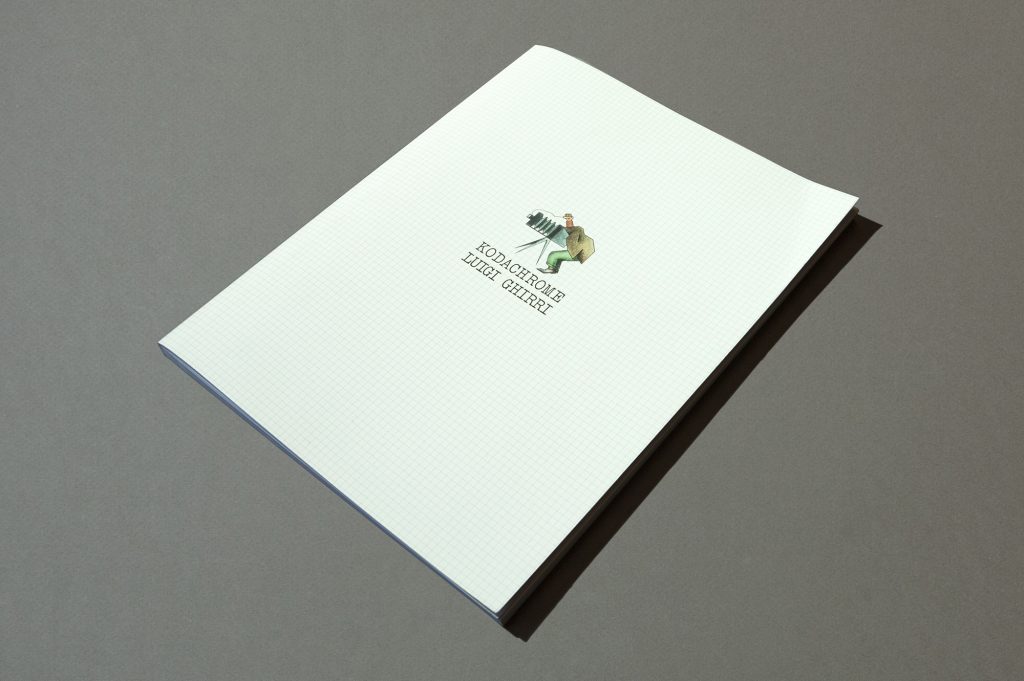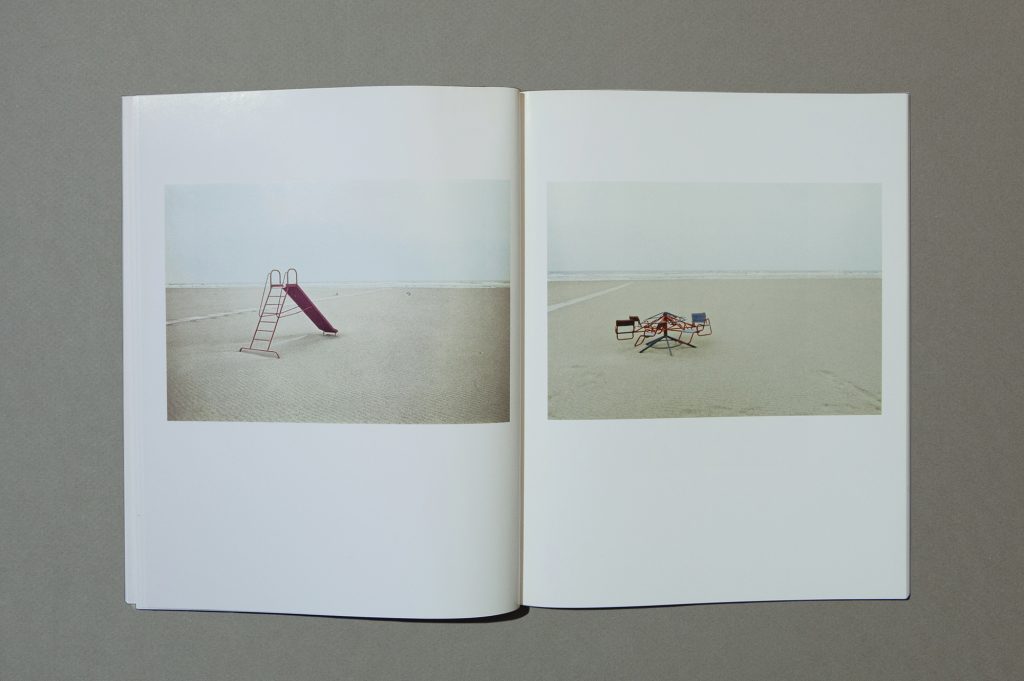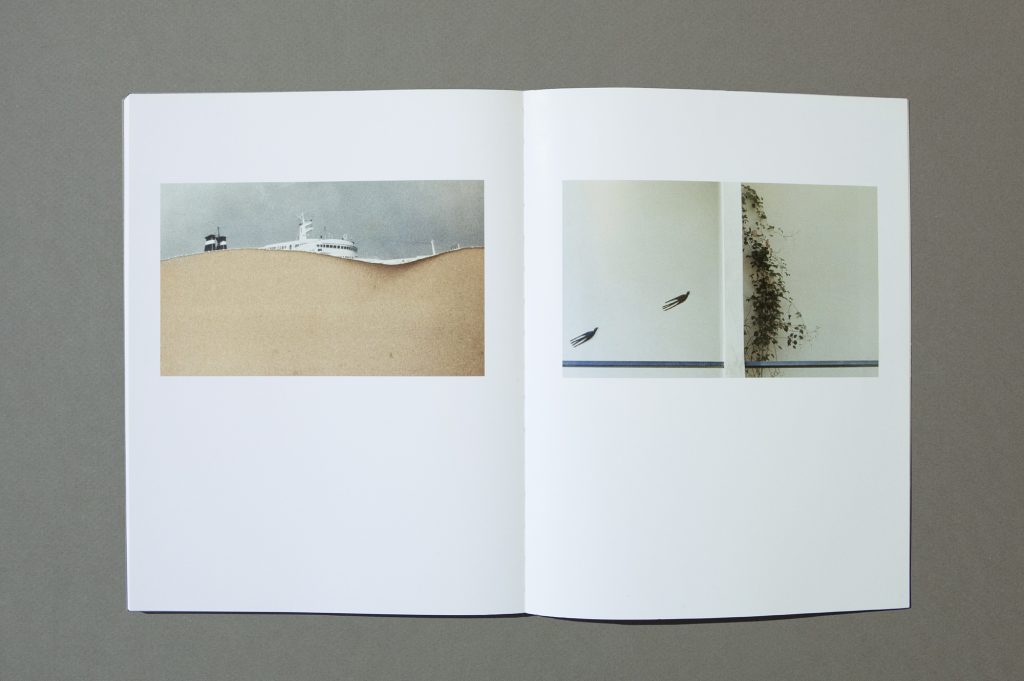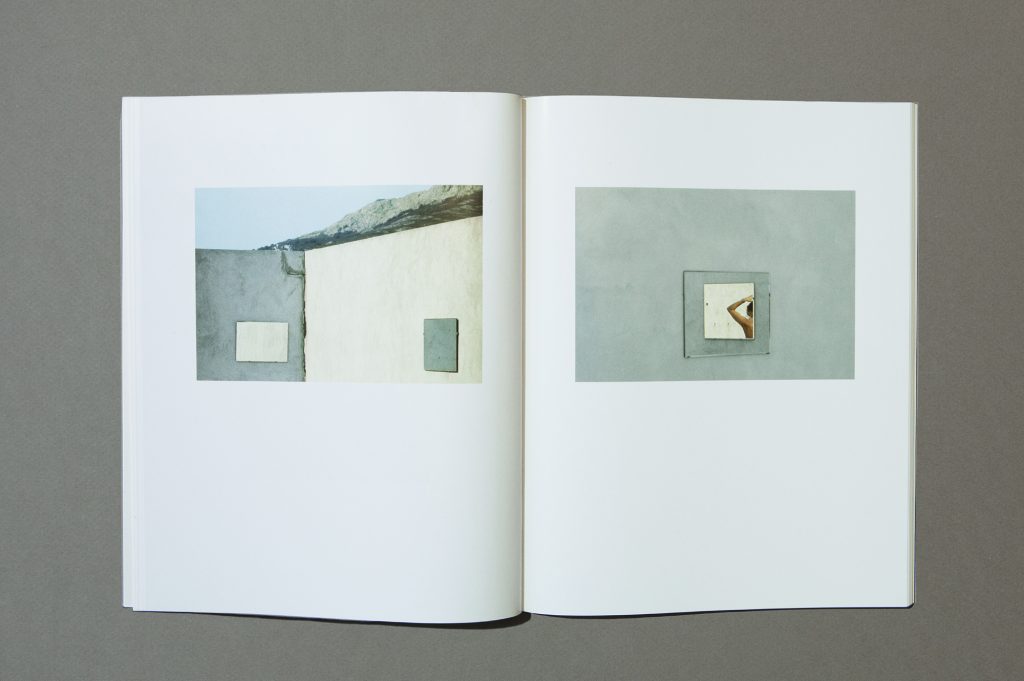Il carrello è attualmente vuoto.

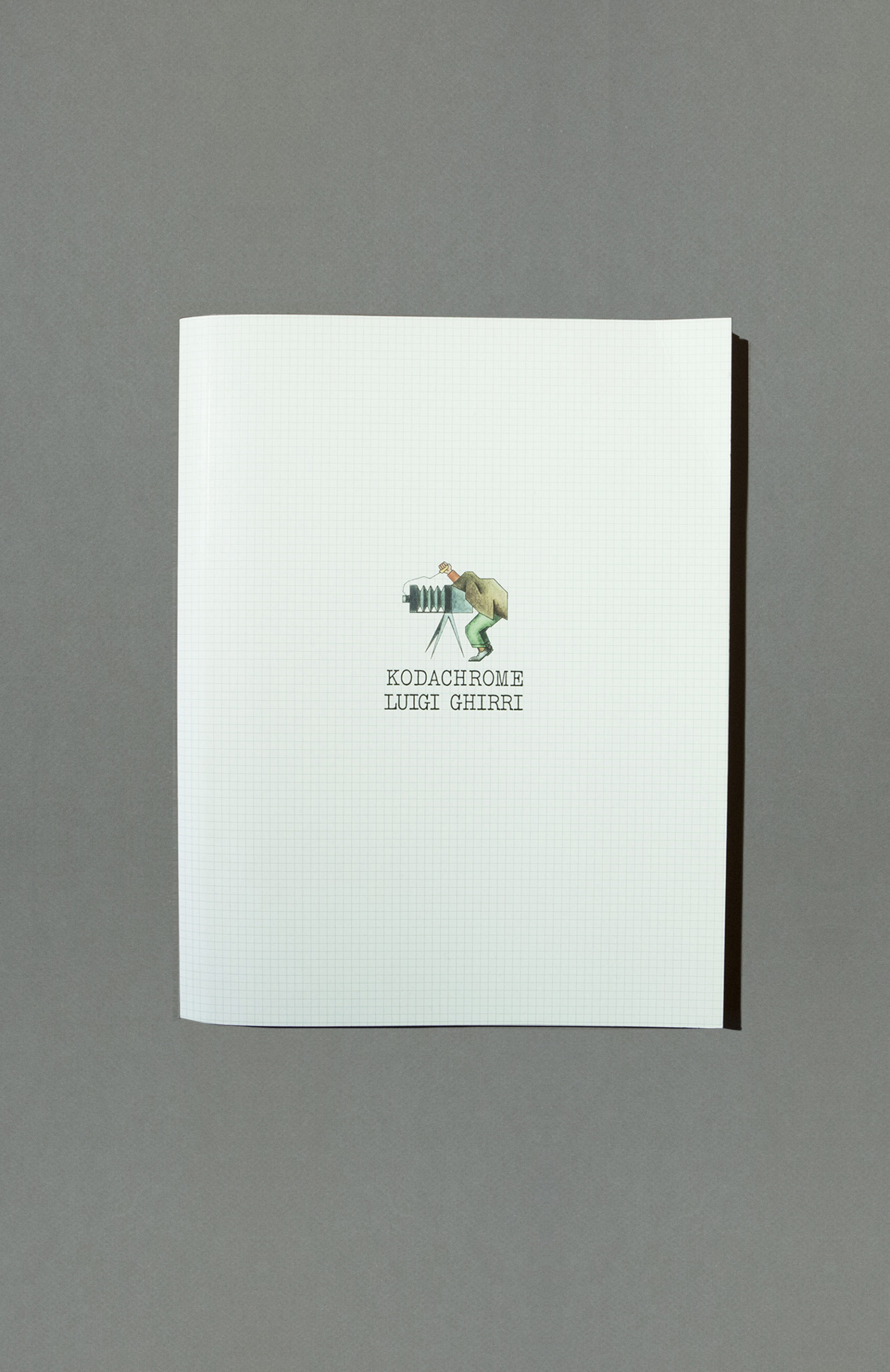
In 1978 Luigi Ghirri self-published his first book, Kodachrome, an avant-garde manifesto for the medium of photography and a landmark in his own remarkable oeuvre.
He presents his surroundings in tightly cropped images, making photographs of photographs and recording the Italian landscape through its adverts, postcards, potted plants, walls, windows, and people.
Ghirri was a prolific writer, and in hindsight, both his theoretical and visual ideas can often appear astoundingly prescient. In the foreword to Kodachrome he stated : “The meaning that I am trying to render through my work is a verification of how it is still possible to desire and face a path of knowledge, to be able finally to distinguish the precise identity of man, things, life, from the image of man, things, and life.” With the advent of photography as a commercial product, Ghirri predicted an emotional inertia on the part of the receiver created by the large-scale arrival of images in public spaces. Highly conscious in his decisions of how to crop his images, he saw the photograph as a space to observe and reflect upon “an analogy of reality”, forcing his viewers to sharpen their eyes and consider the content both included and excluded from the frame. As photography critic Francesco Zanot noted in an accompanying essay to Kodachrome: “His works are powerful devices for the re-education of the gaze.” Bombarded as we now are with ceaseless streams of imagery, it might serve to explain why – over twenty years after his death – Ghirri’s work feels more relevant than ever.
Stilleben library is a collection of images and texts collection, source of inspiration and enrichment. We draw on it for our growth and research.
